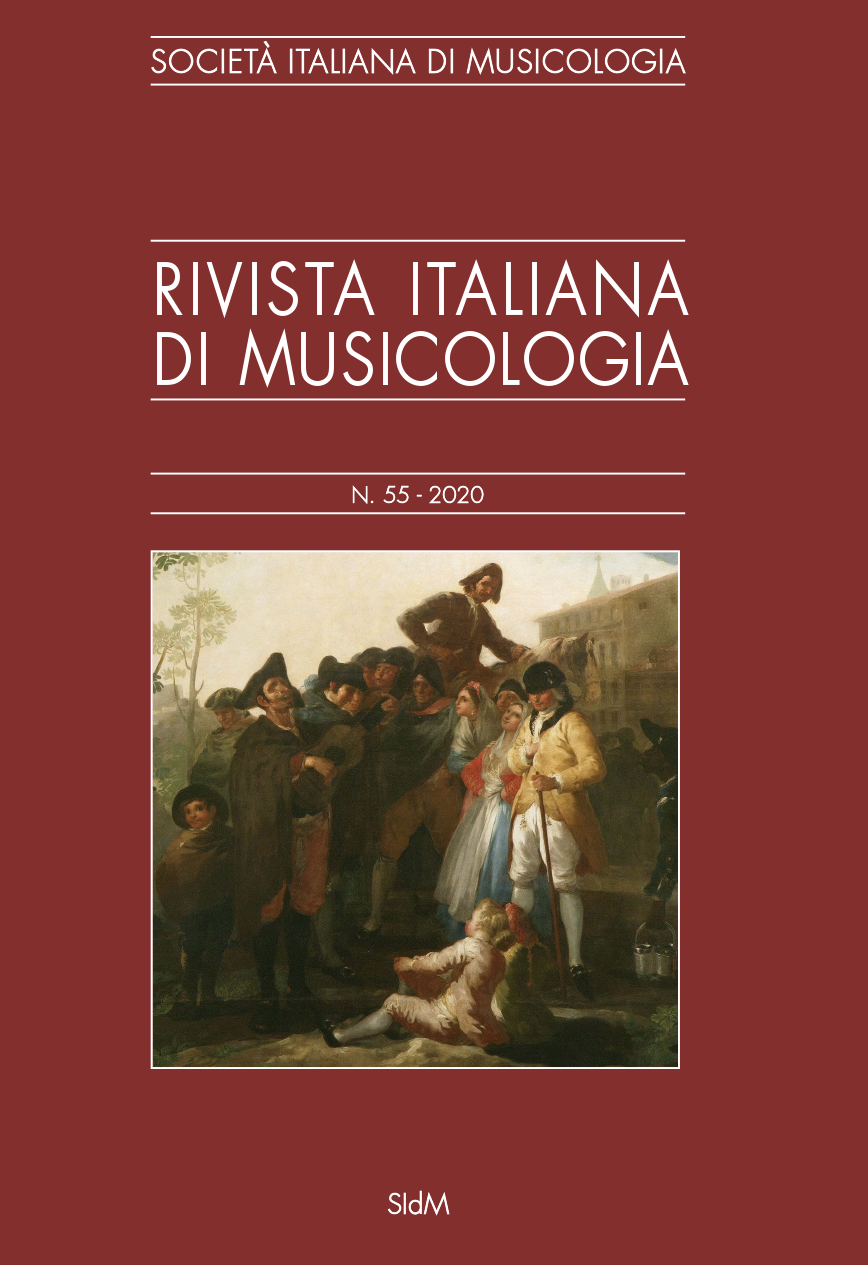Alcune considerazioni sulla prima fortuna italiana del Matrimonio segreto (1793-1800)
Abstract
Il matrimonio segreto by Giovanni Bertati and Domenico Cimarosa is, apart from the masterpieces of Mozart’s theatre, the only 18th century opera that has never completely left the repertoire since its first performance
(Vienna, Burgtheater, February 7, 1792). An opera admired by generations of composers and writers (including Rossini, Schumann, Verdi, Goethe, Stendhal, D’Annunzio), it had an undoubted European success from the very beginning, with performances in important centres (Paris, London, Lisbon, Madrid, Copenhagen, etc.) and immediate translations into various languages (French, English, German, Spanish, Danish, Swedish and Dutch). As is well known, in 1793 Cimarosa himself produced a version for the Teatro de’ Fiorentini in Naples, reworking the score in several places for the occasion, also thanks to new portions of the libretto specially written. This means that in Italy - unlike in the rest of Europe, where the performances followed the Viennese score - two different versions of this opera were circulating, referring respectively to the premiere of 1792 and the Neapolitan version of 1793. This contribution aims to probe the real fortune of this opera in Italy in the first years after its debut (1792-1800) through an analysis of the librettos relating to the most important performances, in order to shed light on some still unclear aspects concerning the reception of this crucial work and to compare the various adaptations and changes gradually made to the original text.


